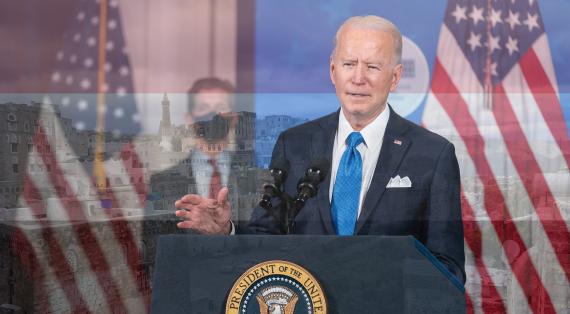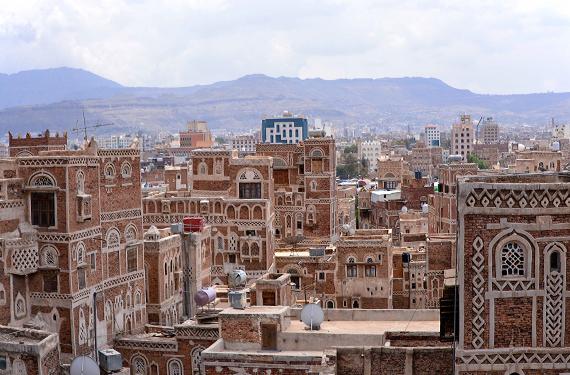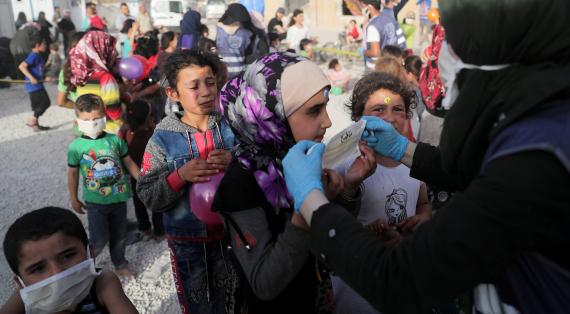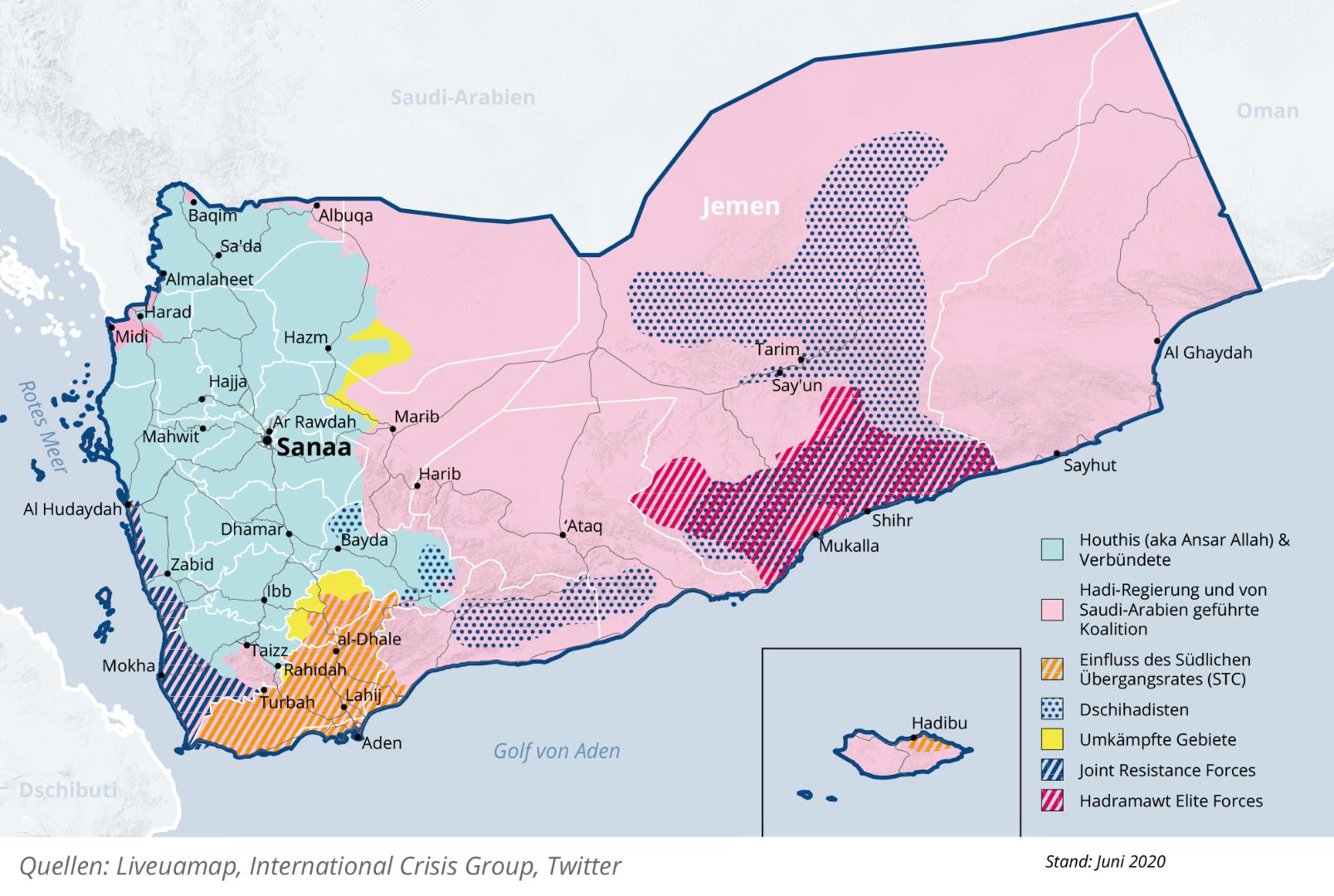Asset Publisher
The conflict in Yemen
The forgotten crisis
Asset Publisher
Hardly noticed by the international public, Yemen has become the scene of a failed political transition, a violent power struggle and a humanitarian disaster. The Konrad Adenauer Foundation analyses the complex conflict situation in Yemen and brings together experts and decision-makers from Germany and the region to search for political solutions. In addition, it has promoted civil society engagement in Yemen and by Yemenis in recent years through targeted projects, particularly in the field of journalism.
The Yemen crisis at a glance
What began with peaceful protests in the course of the ‘Arab Spring’ quickly developed into a civil war with an international dimension. A look at the conflict parties, causes and actors of the conflict provides a brief overview of the situation in Yemen.
Conflict parties and humanitarian crisis in the shadow of Corona
A civil war has been raging in the republic in the south of the Arabian Peninsula since the Houthi rebels and their allies took control of the capital Sanaa in September 2014. They are opposed by the internationally recognised government-in-exile of interim President Hadi, who has been supported by a coalition led by Saudi Arabia since March 2015. The war has already claimed over 230,000 lives, more than 130,000 of them from indirect causes such as lack of food and dysfunctional health care. Less than half of Yemen's 27 million people still have access to clean water and sufficient food, and 80 per cent of the population is dependent on international aid supplies. In addition to Corona, the country has been struggling with a cholera epidemic, diphtheria and dengue fever for years. For more information on the humanitarian situation in Yemen, see also the country report “In the shadow of Corona” (only in German) from August 2020.
From the “Arab Spring” to civil war
The year 2011 had initially brought a glimmer of hope for the country, which has been plagued by recurring violence and economic hardship for decades. In the course of the “Arab Spring”, tens of thousands of people protested in Sanaa against corruption and for political and economic reforms. The autocratic long-term president Saleh was forced to step down, and in 2013 a UN-supported national dialogue process began that was supposed to lay the foundations for a federal and democratic Yemen. But the transition failed. The Zaidite-Shiite Houthi rebels from the north and groups loyal to Saleh from the security apparatus took advantage of the population's dissatisfaction with the transitional government and were able to bring large parts of the country, including the capital, under their control by force. At the same time, representatives of southern Yemen demanded and still demand independence for the south; from 1967 to 1990, the southern parts of the country were an independent, Marxist-oriented state ruled by a socialist unity party as the People's Democratic Republic of Yemen.
International dimension
With the support of the Saudi-led military coalition and United Arab Emirates troops on the ground, the capture of the southern port city of Aden by the Houthis and their allies was prevented. But the capital and populous areas in the north and northwest remain under their control. After former President Saleh stood up to the Houthis, with whom he had previously allied against the interim government, he was killed by them in Sanaa in early December 2017. Beyond the internal Yemeni power struggles, the country has increasingly become the scene of a regional power struggle. Saudi Arabia sees the Houthis as a Tehran-backed militia, with Iran now continuing its expansionist drive in the Arab region along Saudi Arabia's southern border. The intertwining of sub-state-tribal, national and regional lines of conflict makes it difficult to find a solution to the Yemen crisis and calls for a comprehensive approach by the international community and increased and coordinated engagement by Germany and the EU.
The work of the Konrad-Adenauer-Stiftung
The Konrad-Adenauer-Stiftung has been monitoring the situation in Yemen through its Regional Programme Gulf States (RPG) since 2009, accompanies the political debate on conflict resolution mechanisms through academic publications and policy reports and supports Yemeni actors on the ground in their civil society work. On this page you will find an overview of current publications and events of the KAS related to the Yemen crisis. For an overview of the interests of the various local, regional and international actors, see the policy paper of October 2019, which also contains recommendations for action for German foreign policy.
Asset Publisher
Asset Publisher
Asset Publisher
Publications on this topic
 Fotocollage mit Material von The White House/Adam Schultz und Rod Waddington / flickr / CC BY-SA 2.0 / creativecommons.org/licenses/by-sa/2.0/
Fotocollage mit Material von The White House/Adam Schultz und Rod Waddington / flickr / CC BY-SA 2.0 / creativecommons.org/licenses/by-sa/2.0/
"This war has to end"
100 Tage Biden und Perspektiven für eine Konfliktlösung im Jemen
-
Fabian Blumberg
-
April 28, 2021
-
Country reports
 IMF Photo/ Roger Anis / flickr / CC BY-NC-ND 2.0 / creativecommons.org/licenses/by-nc-nd/2.0/
IMF Photo/ Roger Anis / flickr / CC BY-NC-ND 2.0 / creativecommons.org/licenses/by-nc-nd/2.0/
Ein Jahr Corona im Nahen Osten und Nordafrika
Rückblick und Einordnung
-
Simon Engelkes, Ludwig Schulz
-
March 11, 2021
-
Single title
 Flickr/rodd waddington/CC BY-SA 2.0
Flickr/rodd waddington/CC BY-SA 2.0
Jemen - Entwicklungen im Schatten von Corona
-
Fabian Blumberg
-
August 21, 2020
-
Country reports
 reuters
reuters
Die Pandemie als Trendwende?
Steigende humanitäre Bedarfe in Konfliktländern
-
Veronika Ertl
-
August 20, 2020
-
Single title





